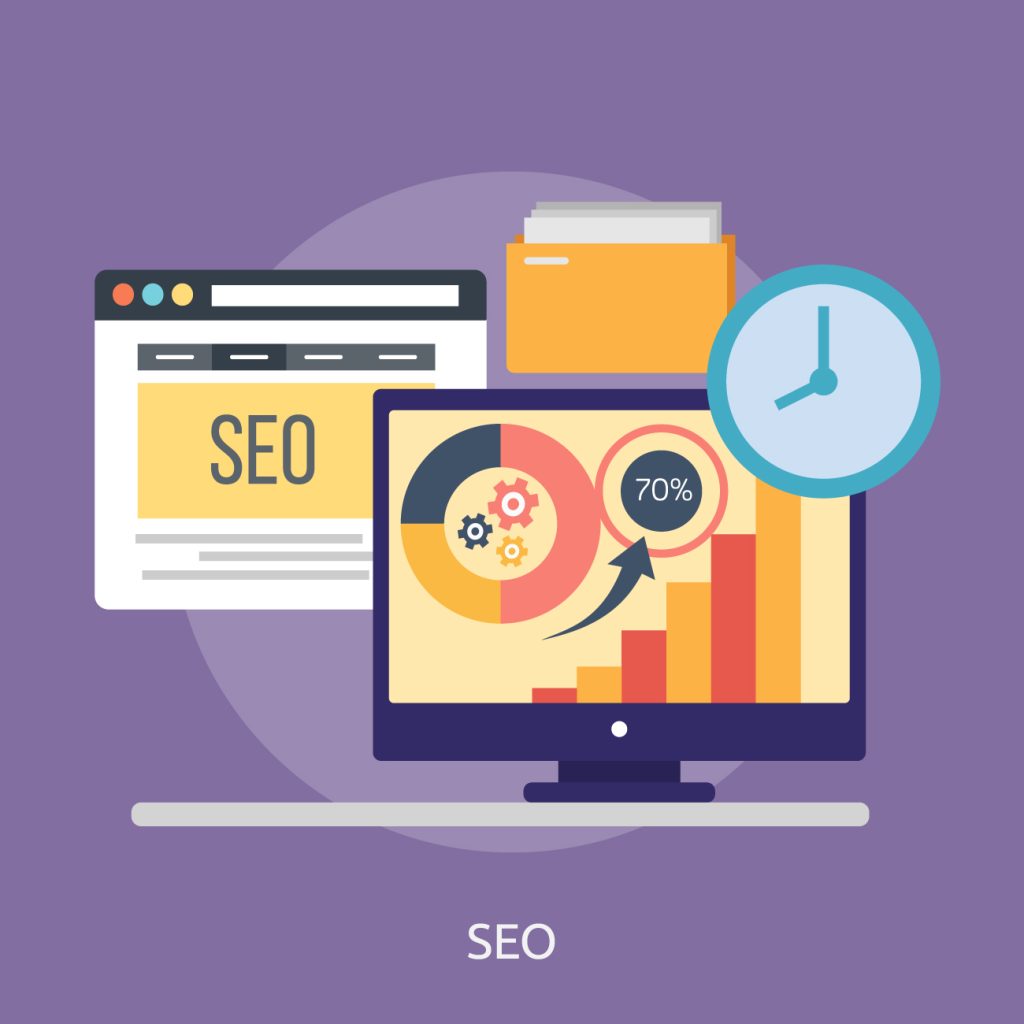Introduction: Why ROI Defines Ecommerce SEO Success
E-commerce is one of the most competitive industries online. Whether you run a Shopify boutique or a large WooCommerce store, success depends on visibility. But visibility alone isn’t enough—what matters is return on investment (ROI).
For many businesses, SEO feels like a “long game” with uncertain results. Unlike ads, you can’t measure clicks instantly. But when done right, SEO is one of the highest-ROI marketing channels available to online retailers. That’s why focusing on ecommerce SEO ROI is critical.
This guide explains how to define, measure, and improve ROI from SEO. You’ll learn what metrics to track, which tools to use, and how to connect rankings to revenue in a way that makes sense for your business.

What is Ecommerce SEO ROI?
SEO ROI measures how much revenue your e-commerce business generates compared to what you invest in SEO.
Formula for SEO ROI:
SEO ROI=SEO Cost(SEO Revenue−SEO Cost)×100
Where:
SEO Cost = Total investment in SEO (agency fees, in-house salaries, content, tools, etc.)
SEO Revenue = Total revenue attributed to SEO traffic (organic conversions, sales, leads, etc.)
Example:
- SEO investment: $4,000/month.
- Revenue from organic search: $16,000/month.
- ROI = (16,000 – 4,000) ÷ 4,000 × 100 = 300% ROI.
When tracked properly, SEO delivers compounding results. Paid ads stop producing leads the moment you stop spending, but SEO continues to generate revenue long after campaigns are implemented.
Why ROI Matters in Ecommerce SEO
Many online stores track vanity metrics like keyword rankings or impressions. While useful, they don’t tell the whole story.
ROI gives you the business-level view:
- Are SEO efforts generating profitable sales?
- How do SEO returns compare with paid channels like Google Ads or Meta Ads?
- Should you invest more or refine your strategy?
Focusing on ROI ensures you’re making data-driven decisions, not chasing rankings that don’t convert.
Key Metrics for Measuring Ecommerce SEO ROI
1. Organic Revenue
Track revenue generated directly from organic traffic. Most e-commerce platforms integrate with Google Analytics or GA4 to show this data.
2. Conversion Rate (CR)
Not all traffic is equal. A 5% conversion rate on 1,000 visitors is worth more than 1% on 5,000.
3. Customer Lifetime Value (CLV)
Repeat purchases matter. SEO brings in high-intent customers who often buy again.
4. Average Order Value (AOV)
Higher AOV means more ROI from the same SEO investment.
5. Assisted Conversions
Many customers don’t buy on the first click. Track assisted conversions to see how SEO contributes across the funnel.
How to Attribute Revenue to SEO
Google Analytics (GA4)
- Set up ecommerce tracking.
- Attribute revenue to organic sessions.
- Compare organic vs paid vs referral performance.
Google Search Console
- See which keywords drive traffic.
- Match high-performing queries to product pages.
CRM & Attribution Software
Tools like HubSpot or Triple Whale connect SEO traffic to revenue and customer journeys more clearly.
Common Challenges in Measuring Ecommerce SEO ROI
- Longer Timelines: SEO results compound over 3–12 months, unlike ads that work instantly.
- Attribution Complexity: Customers may find you via SEO but return later through ads or direct visits.
- Tracking Errors: Misconfigured GA4 or Shopify analytics can lead to under-reporting.
- Focusing Only on Rankings: High rankings are meaningless if they don’t generate revenue.
Case Study: Shopify Store Measuring SEO ROI
A Shopify clothing retailer invested $3,000/month in SEO:
- On-page optimization for 100+ product pages.
- Blog content targeting “sustainable fashion Canada.”
- Link building from Canadian lifestyle blogs.
Results after 6 months:
- Organic traffic +65%.
- Conversion rate +2.8%.
- Monthly organic revenue grew from $8,000 to $24,000.
ROI = (24,000 – 3,000) ÷ 3,000 × 100 = 700%.
This example shows how proper tracking connects ecommerce SEO ROI to tangible business outcomes.
Improving Ecommerce SEO ROI
1. Optimize Product Page SEO
- Use unique, keyword-rich product titles and descriptions.
- Add structured data (schema) for price, availability, and reviews.
- Improve images with alt text for SEO and accessibility.
2. Focus on Technical SEO for Ecommerce
- Improve Core Web Vitals (speed, stability, mobile experience).
- Fix duplicate content issues (common in large stores).
- Submit XML sitemaps for products and categories.
3. Build Content That Converts
- Buying guides (“Best Running Shoes for 2025”).
- Comparison posts (“WooCommerce vs Shopify SEO ROI”).
- Blog content targeting transactional keywords.
4. Secure Quality Backlinks
- Collaborate with influencers, bloggers, and news outlets.
- Use digital PR for product launches.
5. Track ROI Continuously
- Review metrics monthly, not quarterly.
- Adjust campaigns quickly based on performance.
Why Work With an Ecommerce SEO Partner
Managing SEO internally can be time-consuming. Partnering with professionals ensures your strategy is aligned with revenue goals.
A trusted partner provides:
- Keyword research tied to revenue potential.
- Technical SEO audits and fixes.
- Content strategies that drive sales.
- Transparent ROI reporting.
The right partner makes SEO not just a traffic driver, but a profit driver.
Conclusion: Making ROI the Core of Your Ecommerce SEO Strategy
SEO is one of the most profitable digital marketing channels for online retailers—but only if measured correctly. By focusing on ROI, not vanity metrics, you can prove the real impact of SEO on sales and long-term growth.
From product page seo and technical optimization to attribution tracking, every part of your strategy should tie back to profitability. Businesses that prioritize ecommerce SEO ROI see compounding returns and a clear edge over competitors who treat SEO as just a cost.
If you want to scale profitably in 2025, stop asking only, “How do I rank?” and start asking, “How do I maximize ROI from SEO?” The answer lies in the right strategy, the right tools, and—often—the right partner guiding your growth.




